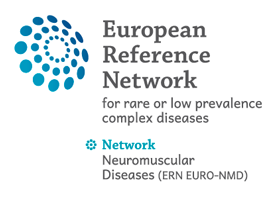A TREAT-NMD workshop on “Skeletal Muscle NMR Imaging: Advanced Quantitative Imaging, Image Registration and Segmentation, Texture Analysis, Pattern Recognition, Imaging Registries”, organized by Pierre G. Carlier and Volker Straub, was held in Paris, France on 1–2 October 2009 and assembled a group of 35 experts in muscular MRI and in medical imaging processing (for list of participants see Section 8) from seven countries (Belarus, France, Italy, UK, United States, Switzerland and The Netherlands). A second workshop was held in Stockholm, Sweden on 2 May 2010 with some common participants. Over the course of these two meetings the participants discussed the advantages and drawbacks of various MRI methods to provide non-invasive outcome measures for neuromuscular diseases (NMD). During the Paris workshop, the need for harmonization of MRI protocols was agreed. Three protocols were priority selected: (I) Whole-body T1-weighted (T1w) imaging, for the screening of disease extension; (II) Proton-density weighted (PDw) imaging with water–fat separation, for the quantitation of fatty infiltration; and (III) Parametric T2 imaging, for the quantitation of inflammation.
T1w images were considered by participants to be most appropriate for anatomical mapping and for determining muscle cross-sectional area or volume. Three-point Dixon (3pt-Dixon) PDw MRI was considered preferable to T1w imaging for lipid quantification. 3pt-Dixon MRI is a relatively fast technique, and it could be used to monitor changes in muscle fat over weeks or months, which may be a good predictor of disease progression. T2 measurement was recommended as an approach to quantify muscle oedema, necrosis or inflammation within specific muscles or muscle groups.
This report serves to summarize the consensus recommendations for these three protocols.

